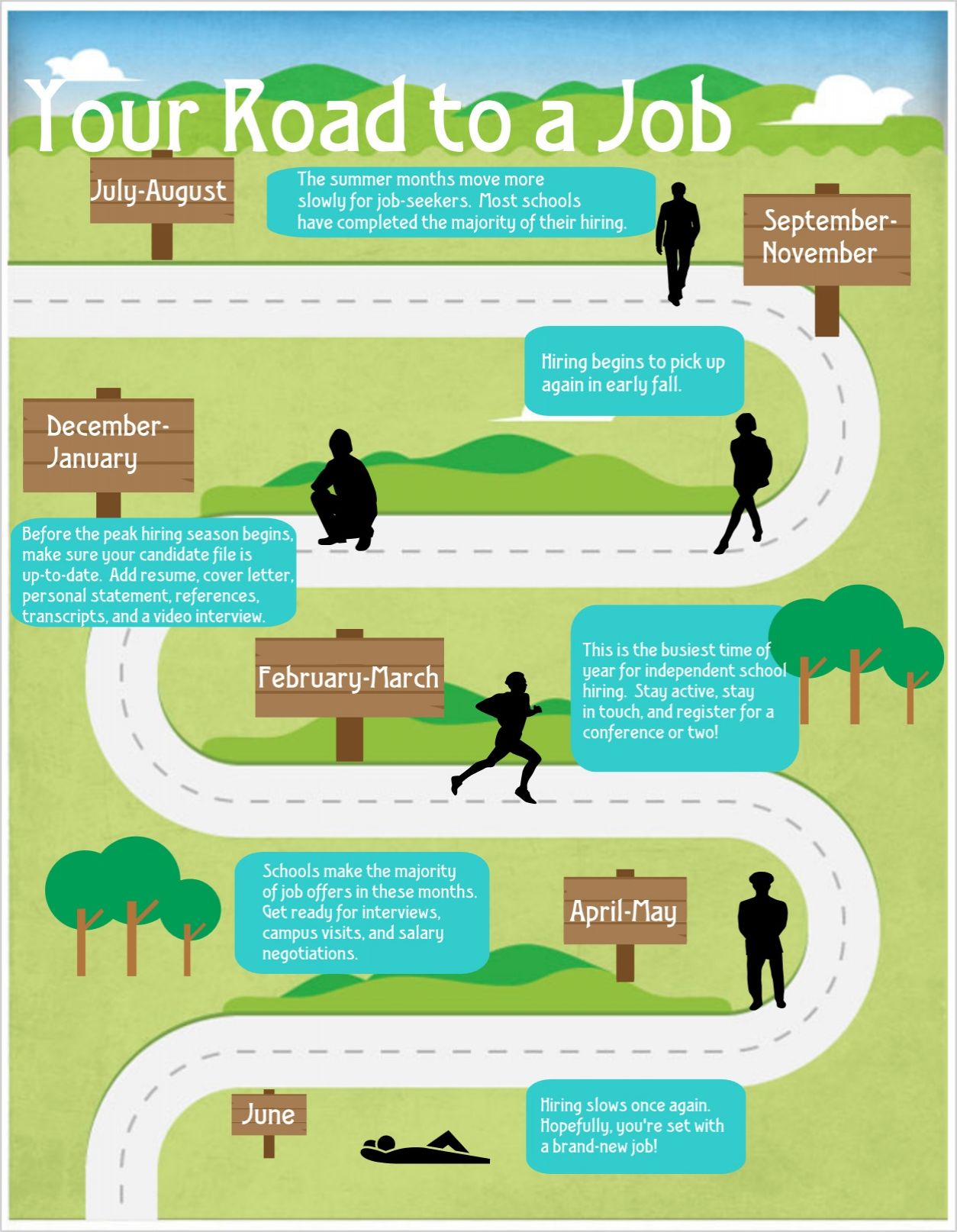News Editor: The Gatekeeper of Information and Content Quality
The role of a news editor: an overview
A news editor serves as the critical bridge between raw information and publishable content. They’re the guardians of journalistic standards, the architects of news presentation, and the final authority on what reach the public. Their decisions shape not but individual stories but besides the overall direction and reputation of their news organization.
Unlike reporters who gather information from the field, editors work behind the scenes to transform this raw material into polished, accurate, and compelling news stories. Their expertise ensure that what reach audiences meet professional standards of journalism.
Core responsibilities of news editors
Content selection and assignment
News editors determine which stories deserve coverage base on newsworthiness, audience interest, and relevance. They identify emerge trends and break news that warrant immediate attention. This crucial gatekeeper function help filter the overwhelming volume of potential news items into a manageable selection that advantageously serve their audience.
After select stories, editors assign them to appropriate reporters base on expertise, availability, and the story’s requirements. They provide guidance on angles, sources, and expect deliverables, set clear expectations for the final piece.
Editorial review and fact checking
Peradventure the virtually critical function of news editors is review content for accuracy, clarity, and adherence to journalistic standards. They scrutinize facts, verify sources, and ensure that all claims are decently substantiate. This rigorous process help prevent misinformation from reach the public.
Editors besides examine articles for potential legal issues, include libel, copyright infringement, and privacy concerns. Their expertise in media law help protect both the publication and its subjects from potential legal consequences.
Content enhancement and refinement
News editors improve the quality of writing by address issues with structure, flow, and clarity. They eliminate redundancies, tighten prose, and ensure the story follow a logical progression that engage readers from begin to end.
They besides craft compelling headlines and subheadings that accurately represent the content while attract reader attention. In digital media, this includes consideration of search engine optimization( SEO) to ensure content reach its intended audience.
Deadline management
News operate on tight schedules, peculiarly in the era of 24/7 digital media. Editors establish and enforce deadlines to ensure timely publication. They coordinate with reporters, photographers, graphic designers, and other team members to maintain smooth workflow processes.

Source: resorcio.com
During break news situations, editors make rapid decisions about resource allocation, prioritization, and publication timing. Their ability to remain calm under pressure ensure that urgent news reach the public rapidly without sacrifice accuracy.
Types of news editors
Managing editor
The manage editor typically oversee the entire news operation, serve as the second in command after the editor-in-chief. They coordinate between different departments, manage staff, allocate resources, and ensure the overall editorial vision is executed efficaciously.
Manage editors frequently handle administrative responsibilities include budgeting, personnel decisions, and long term planning. Their leadership set the tone for the newsroom culture and operational efficiency.
Section editors
Section editors specialize in specific content areas such as politics, business, sports, or entertainment. Their expertise in these domains allow them to provide specialized guidance to reporters and make informed decisions about coverage priorities.
They maintain relationships with key sources and stay abreast of developments in their field, ensure their section remain authoritative and comprehensive in its coverage.
Copy editors
Copy editors focus principally on the technical aspects of content, include grammar, spelling, punctuation, and adherence to style guides. They ensure consistency across all publish material and frequently serve as the final quality control checkpoint before publication.
They besides verify factual details such as names, dates, and statistics catch errors that might have been miss in earlier editorial reviews. Their meticulous attention to detail help maintain the publication’s credibility.
Digital or online editors
Digital editors specialize in content optimization for online platforms. They understand web analytics, social media trends, and digital storyteller techniques that enhance engagement in the online environment.
They make decisions about multimedia elements, interactive features, and content distribution strategies across various digital channels. Their expertise help news organizations adapt to the evolve digital landscape.
The evolution of the news editor role
From print to digital
Traditionally, news editors work mainly with print publications on fix daily or weekly schedules. The digital revolution has transformed this role dramatically, introduce new responsibilities and challenges.
Modern news editors must understand multiple content formats include text, video, audio, and interactive media. They need to make quick decisions about which platform advantageously serve each story and how to adapt content across different channels.
The impact of social media
Social media has accelerated news cycles and create new avenues for story discovery and distribution. Editors immediately monitor social platforms for break news, trend topics, and audience feedback that inform editorial decisions.
They must besides will consider how stories will perform on social media, will include will craft shareable headlines and will select compelling visual elements that drive engagement. This requires understand platform specific dynamics and audience behaviors.
Data drive decision make
Today’s news editors progressively rely on analytics to inform their decisions. They track metrics such as page views, engagement time, and conversion rates to understand audience preferences and optimize content strategy.

Source: blog.ghostwritingfounder.com
This data inform approach help editors balance journalistic priorities with audience development goals, ensure content remain both principle and relevant to readers’ interests.
Skills and qualifications for news editors
Educational background
Most news editors hold bachelor’s degrees in journalism, communications, English, or related fields. Advanced degrees or specialized training can be valuable for editors in technical or specialized subject areas.
Nevertheless, practical experience oftentimes carries more weight than formal education in this field. Many successful editors build their careers through progressive responsibility in newsrooms, develop expertise through hands on work.
Technical skills
Editors need exceptional writing and edit abilities, include mastery of grammar, style guides (such as ap or cChicago) and narrative techniques. They must be able to promptly identify and correct issues in others’ writing.
Progressively, technical proficiency with content management systems, basic HTML, photo editing software, and analytics platforms is essential. Understanding of SEO principles and social media management besides enhance an editor’s effectiveness.
Soft skills
Strong critical thinking and news judgment allow editors to rapidly assess information value, credibility, and relevance. They must make difficult decisions about what deserve coverage and how stories should be framed.
Leadership abilities are crucial for manage teams, provide constructive feedback, and maintain morale in high pressure environments. Editors must balance authority with approachability to foster a productive newsroom culture.
Excellent communication skills enable editors to intelligibly convey expectations to reporters, negotiate with sources when necessary, and represent the publication to external stakeholders.
Ethical considerations in news editing
Maintain objectivity
Editors must ensure coverage remain fair and balanced, represent diverse perspectives on controversial issues. They guard against both explicit bias and subtle framing choices that might skew reader perceptions.
This requires constant self awareness about personal biases and how they might influence editorial decisions. Good editors develop systems to check their own assumptions and seek input from colleagues with different viewpoints.
Handle sensitive content
News oftentimes involve traumatic events, vulnerable individuals, or contentious issues. Editors must make difficult decisions about how to present such material responsibly, consider both public interest and potential harm.
They establish guidelines for use graphic imagery, report on suicides, cover mass shootings, and address other sensitive topics. These policies help ensure consistent, ethical treatment of difficult subject.
Transparency and corrections
When errors occur, editors oversee the correction process, ensure mistakes are quickly acknowledge and accurately rectify. This transparency is essential for maintain audience trust.
They besides make decisions about disclosure of potential conflicts of interest, attribution of sources, and explanation of report methods. These transparency measures help readers evaluate the credibility of information.
Challenges face modern news editors
Speed vs. Accuracy
The pressure to publish rapidly in the digital age create tension with traditional verification processes. Editors must establish workflows that balance timeliness with accuracy, make difficult judgment calls during break news situations.
This frequently involve publish confirm information incrementally while intelligibly communicate what remain unverified. Modern editors develop strategies for responsible real time reporting in high pressure scenarios.
Resource constraints
Many news organizations face budget cuts and staffing reductions, require editors to maintain quality with fewer resources. This mean make strategic decisions about coverage priorities and find efficient production methods.
Editors progressively work with freelancers, content partners, and user generate content to supplement staff report. Manage these diverse content sources add complexity to the editorial role.
Audience fragmentation
Today’s media landscape is characterized by extremely specialized content serve niche audiences. Editors must understand their specific audience segments and tailor content consequently while maintain core journalistic values.
They navigate the balance between cover what audiences want versus what they need to know as inform citizens. This requires sophisticated understanding of both audience analytics and civic responsibility.
The future of news editing
Ai and automation
Artificial intelligence tools are progressively supported editorial functions such as basic fact check, content optimization, and eventide generate routine news content. Editors must understand these technologies’ capabilities and limitations.
Instead than replace editors, these tools are change their focus toward higher level judgment, creative direction, and ethical oversight. The human element remains essential for quality journalism.
Audience engagement
Many news organizations are adopted more collaborative approaches to journalism, involve readers in story selection, reporting processes, and feedback loops. Editors progressively serve as facilitators of this audience relationship.
This shift requires develop new skills in community management, participatory journalism methods, and responsive content strategy. Successful editors embrace audience input while maintain editorial standards.
Trust building
In an era of widespread misinformation and decline trust in media, editors play a crucial role in build and maintain audience confidence. This involves not solely ensure accuracy but besides explain journalistic processes.
Forward think editors implement transparency initiatives, engage direct with audience questions, and intelligibly distinguish between news, analysis, and opinion content. These efforts help combat information disorder and strengthen democratic discourse.
Conclusion
News editors serve as the essential quality control mechanism in journalism, ensure that information reach the public is accurate, fair, and meaningful. Their multifaceted role combine technical expertise, ethical judgment, and strategic thinking.
As the media landscape continue to evolve, the fundamental importance of editorial oversight remain constant. While tools and techniques may change, the core mission of separate signal from noise and present reliable information to the public continue to make the news editor’s role vital to informed citizenship and healthy democratic discourse.
MORE FROM grabjobtoday.com













